In the story of India's struggle for independence, many names are etched in history for their bravery and contributions. One such name is Lt. Bharati 'Asha' Sahay Choudhry, popularly known as "Asha-san."
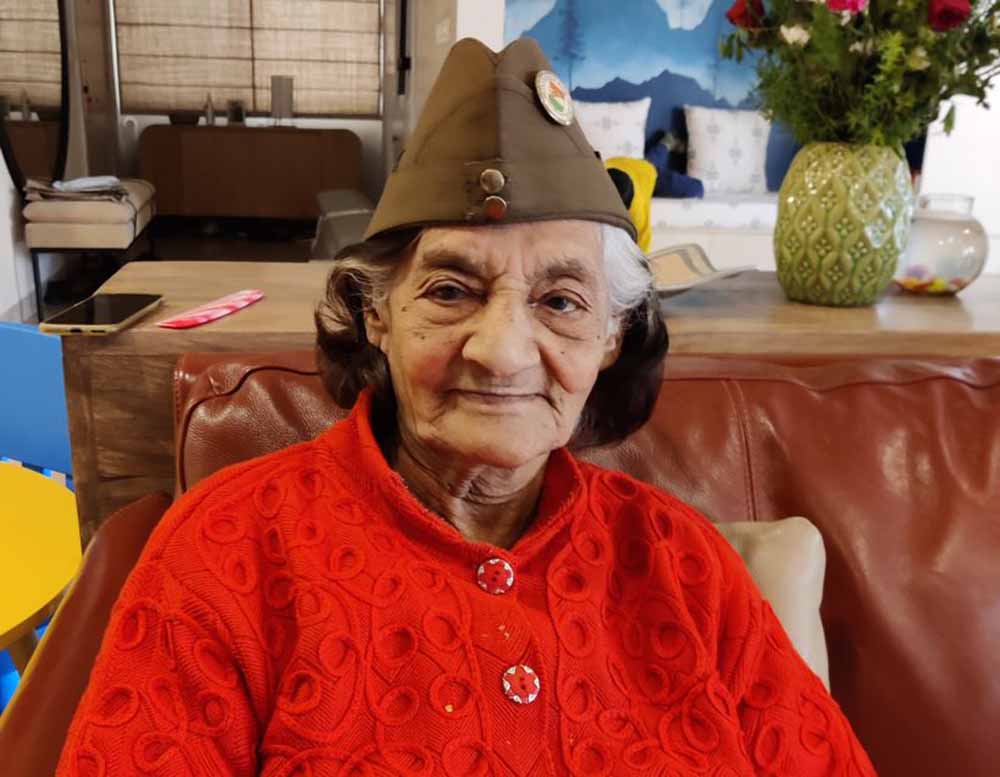
A member of the Rani of Jhansi Regiment (RJR), the first all-women military wing in the world, Asha's story is a testament to the indomitable spirit and resilience of Indian women who fought against colonial rule. Her life journey, from a teenager in Japan to a lieutenant in the INA, exemplifies the unyielding dedication of women to the cause of India's freedom.
A Family of Revolutionaries
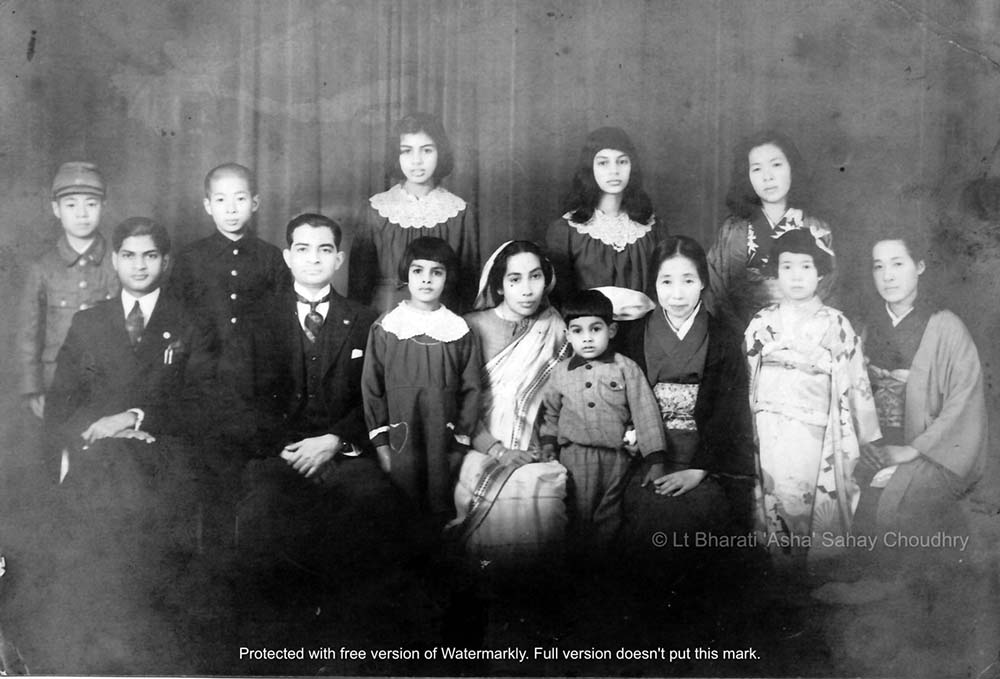
Asha’s father, Anand Mohan Sahay, was a medical student in Patna who was galvanised by Mahatma Gandhi’s call to action. Leaving his studies, he joined the Indian National Congress and served as secretary to Dr. Rajendra Prasad.

Following the suspension of the Non-Cooperation Movement, Anand moved to Japan, where his wife, Sati Sen Sahay—niece of Deshbandhu Chittaranjan Das—joined him. Together, they launched the magazine Voice of India to promote Indian independence among Japanese citizens.
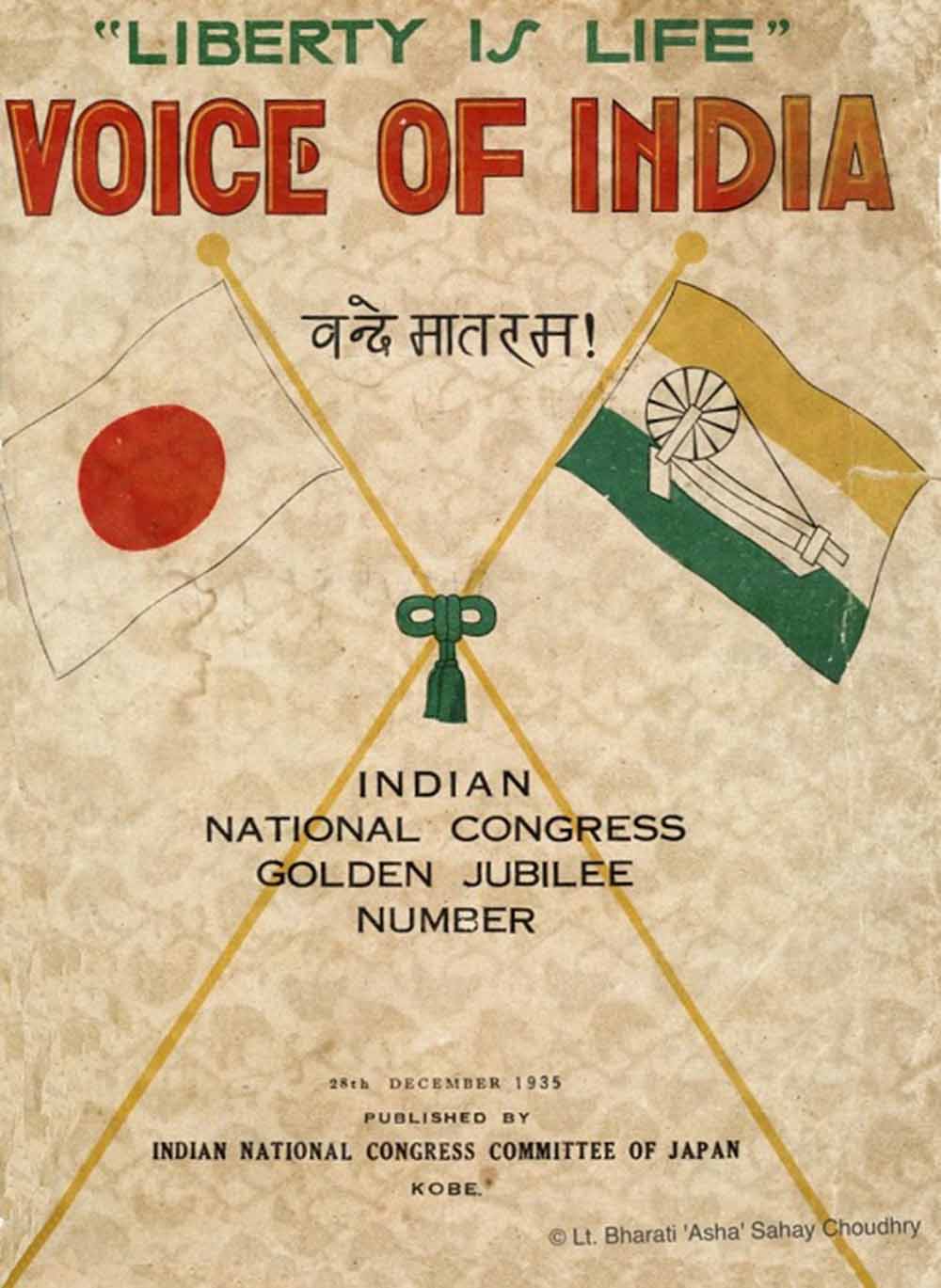
Anand also established a branch of the Indian National Congress in Kobe, joined by his brother Satyadev Sahay, who later became part of the INA's Intelligence Bureau.
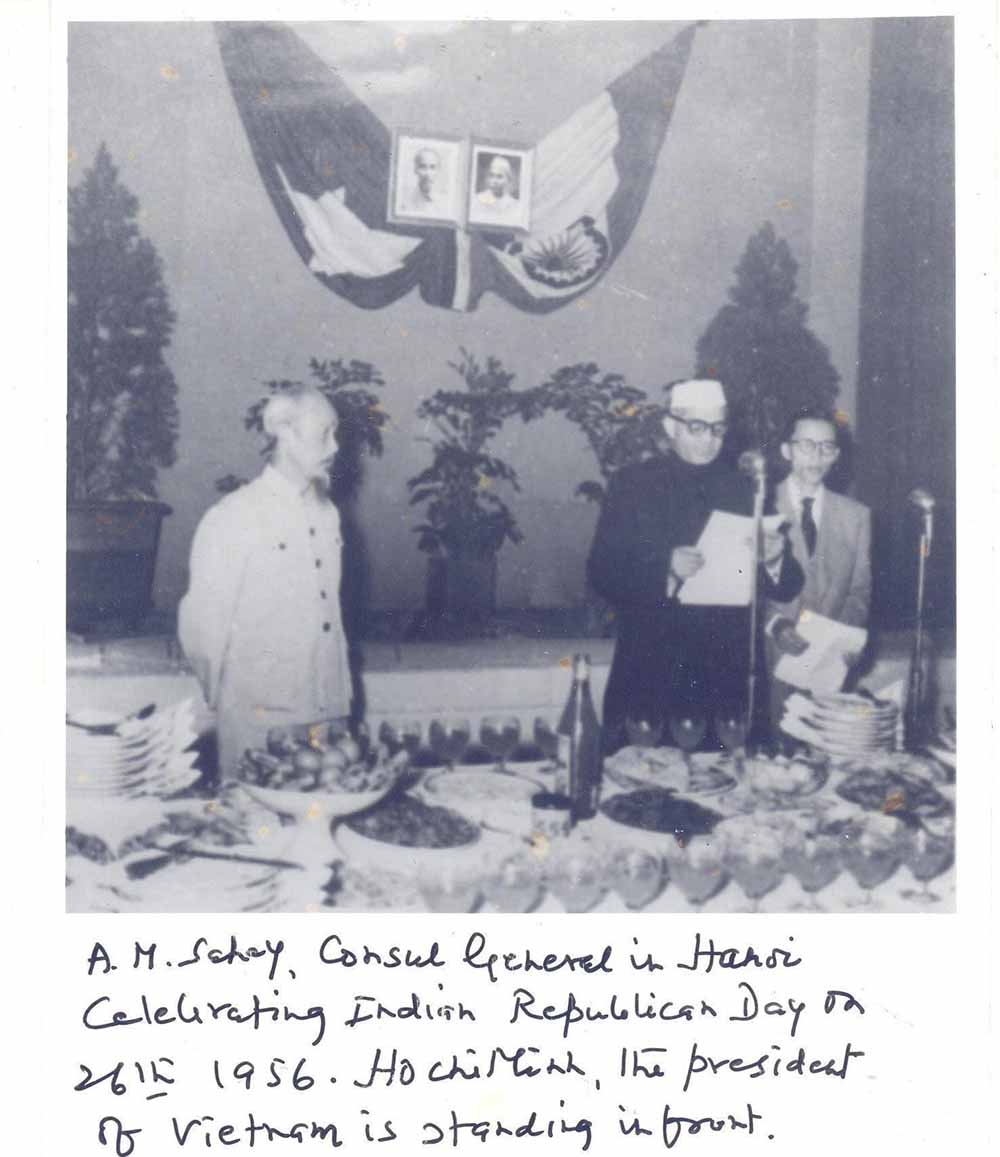
Throughout the 1930s and early 1940s, Anand Mohan Sahay expanded the Indian Independence League (IIL) across Asia, paving the way for Netaji Subhas Chandra Bose. Anand’s dedication earned him a position as secretary in the Azad Hind Government, working closely with Netaji.
Meeting Netaji
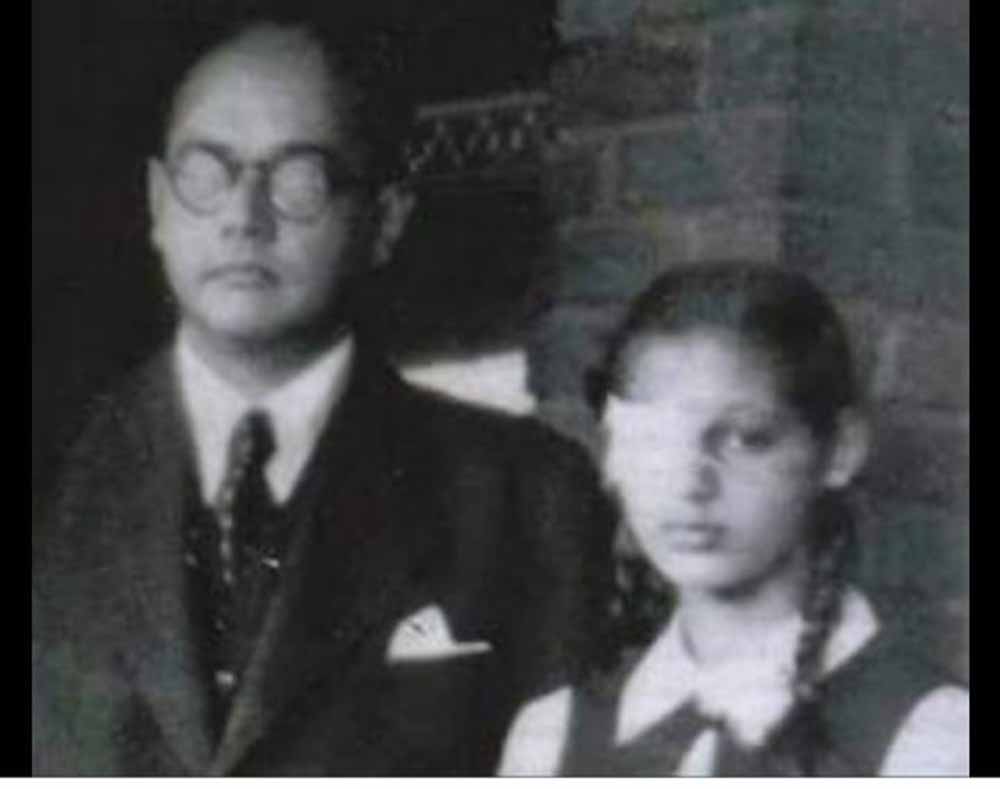
Born in Kobe in 1928, Asha was immersed in nationalist ideals from a young age. Educated in traditional Japanese schools, she internalized a strong disdain for Western imperialism.
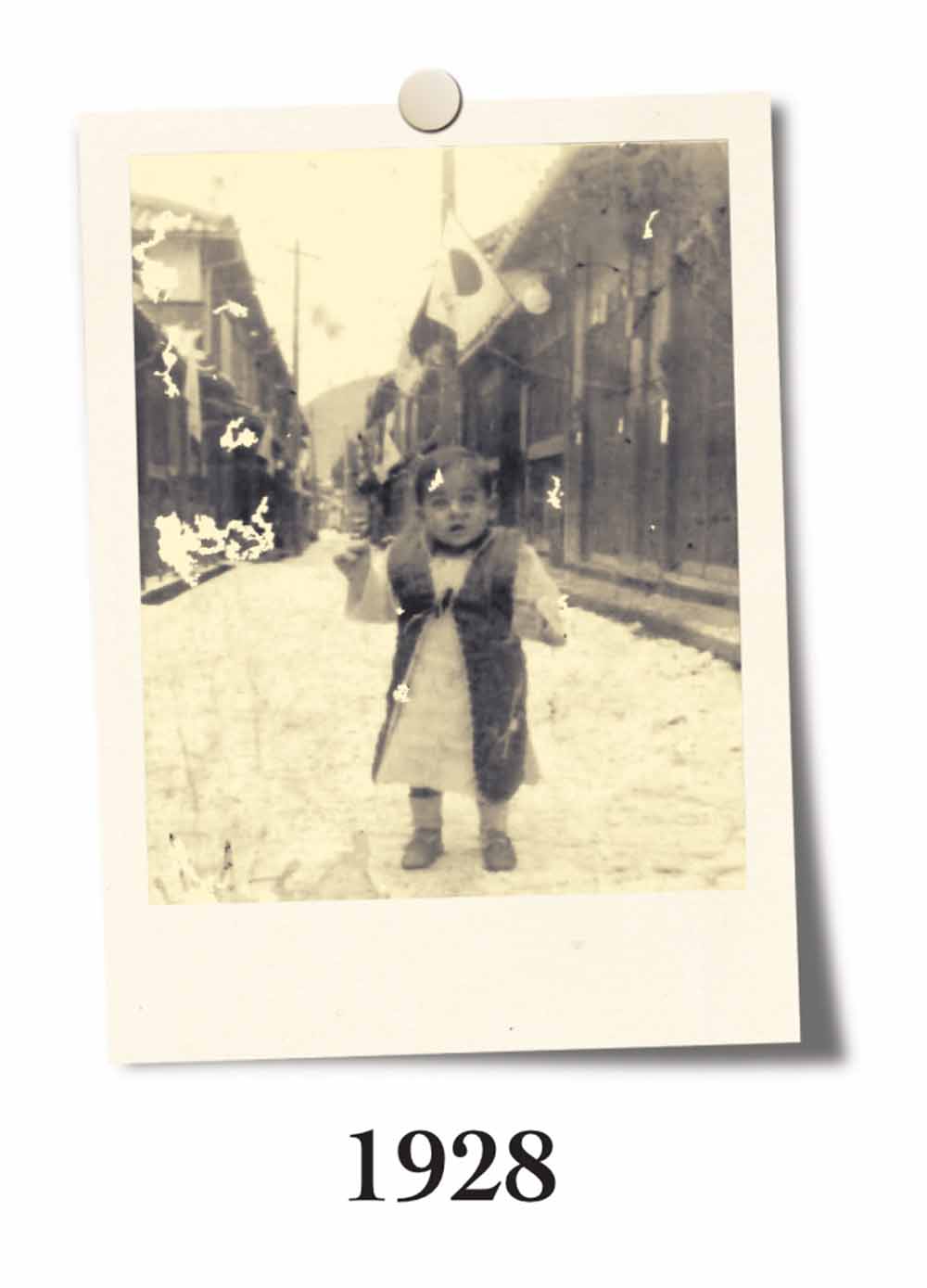
At 15, she met Netaji in Tokyo in 1943. Despite her initial hesitation, she boldly requested to join the RJR. Netaji, skeptical of her frail appearance, was eventually convinced by her determination.
Joining the Rani of Jhansi Regiment

In 1945, 17-year-old Asha journeyed from Tokyo to Bangkok to join the RJR training camp. She quickly adapted to military life, mastering salutes, marches, and even handling a machine gun. Language was her biggest challenge, as she struggled with Hindi and English. Despite these hurdles, she thrived in the camp, where food was more plentiful than in war-ravaged Japan.
The Atomic Bombs & Japanese Surrender

The bombings of Hiroshima and Nagasaki in 1945 shocked Asha, who feared for her family’s safety in Tokyo. After Japan's surrender and Netaji's mysterious disappearance, Asha and her comrades were imprisoned and harassed by Allied forces. Her father, Anand Mohan Sahay, was also imprisoned in Singapore.
Returning to India & Promoting the INA's Legacy
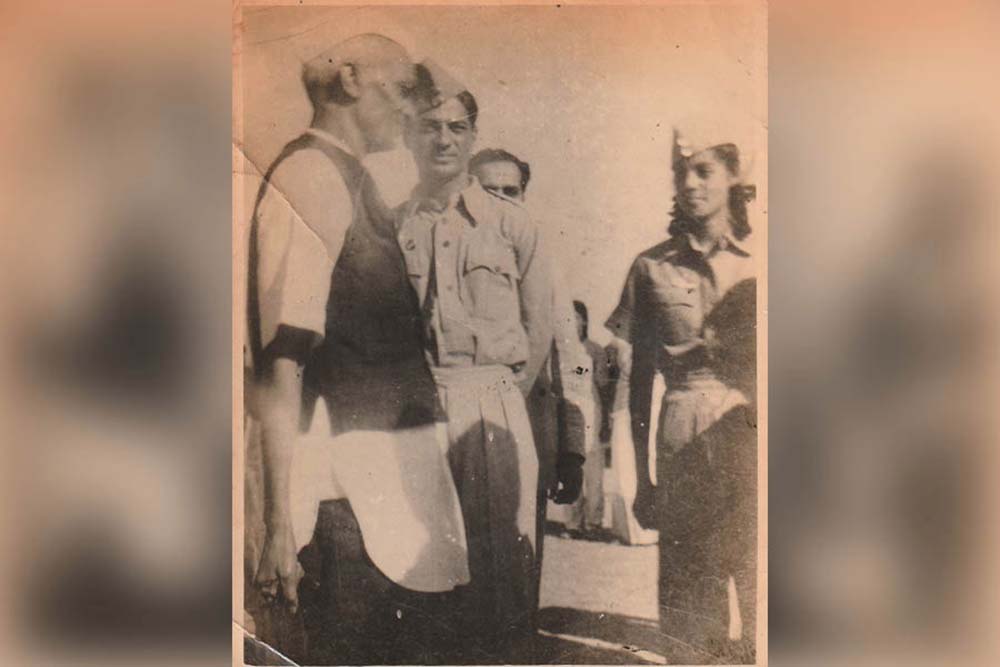
In April 1946, Asha, along with her father and uncle, returned to India. They received a hero’s welcome and were asked to tour the country to share the INA's and the Azad Hind Government’s heroic efforts.
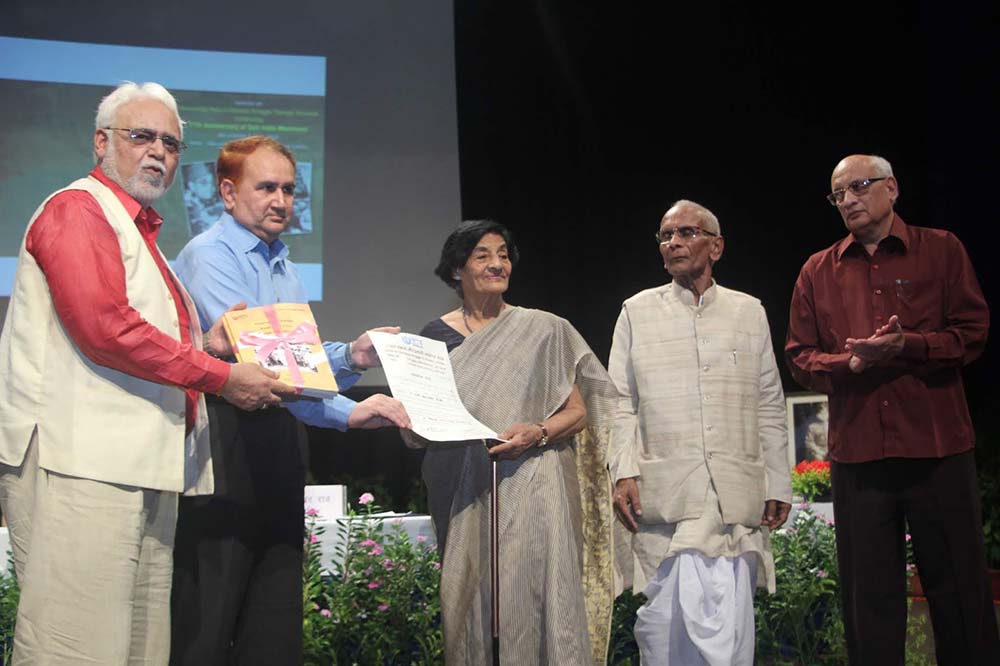
In recent years, she has contributed to the development of the academic infrastructure of rural Bihar.
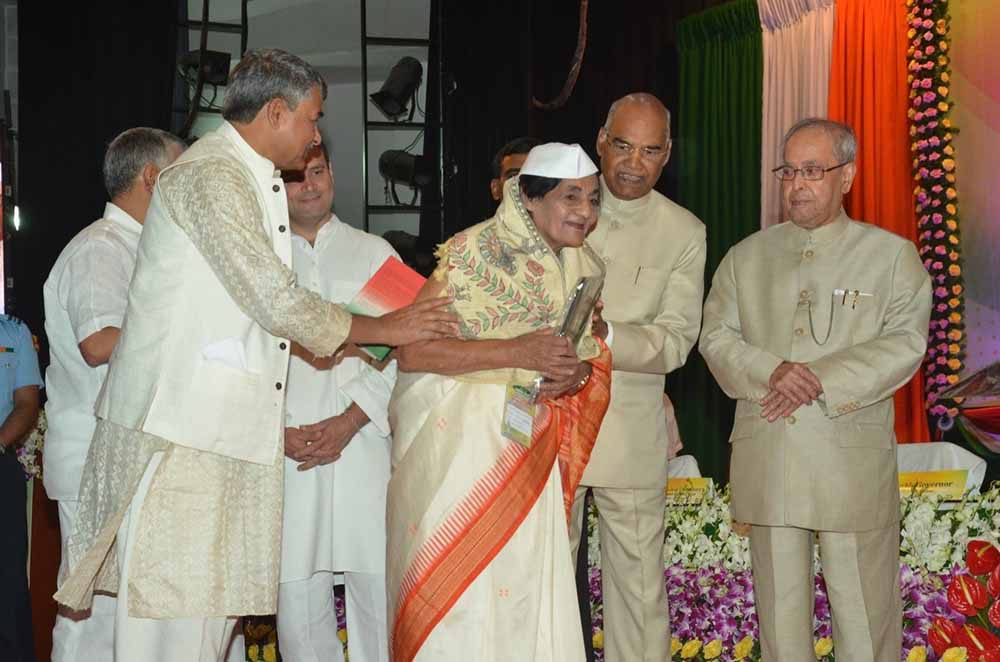
In 2017, Lt. Asha was honoured by President Ram Nath Kovind for her contributions.
The War Diary of Asha-san
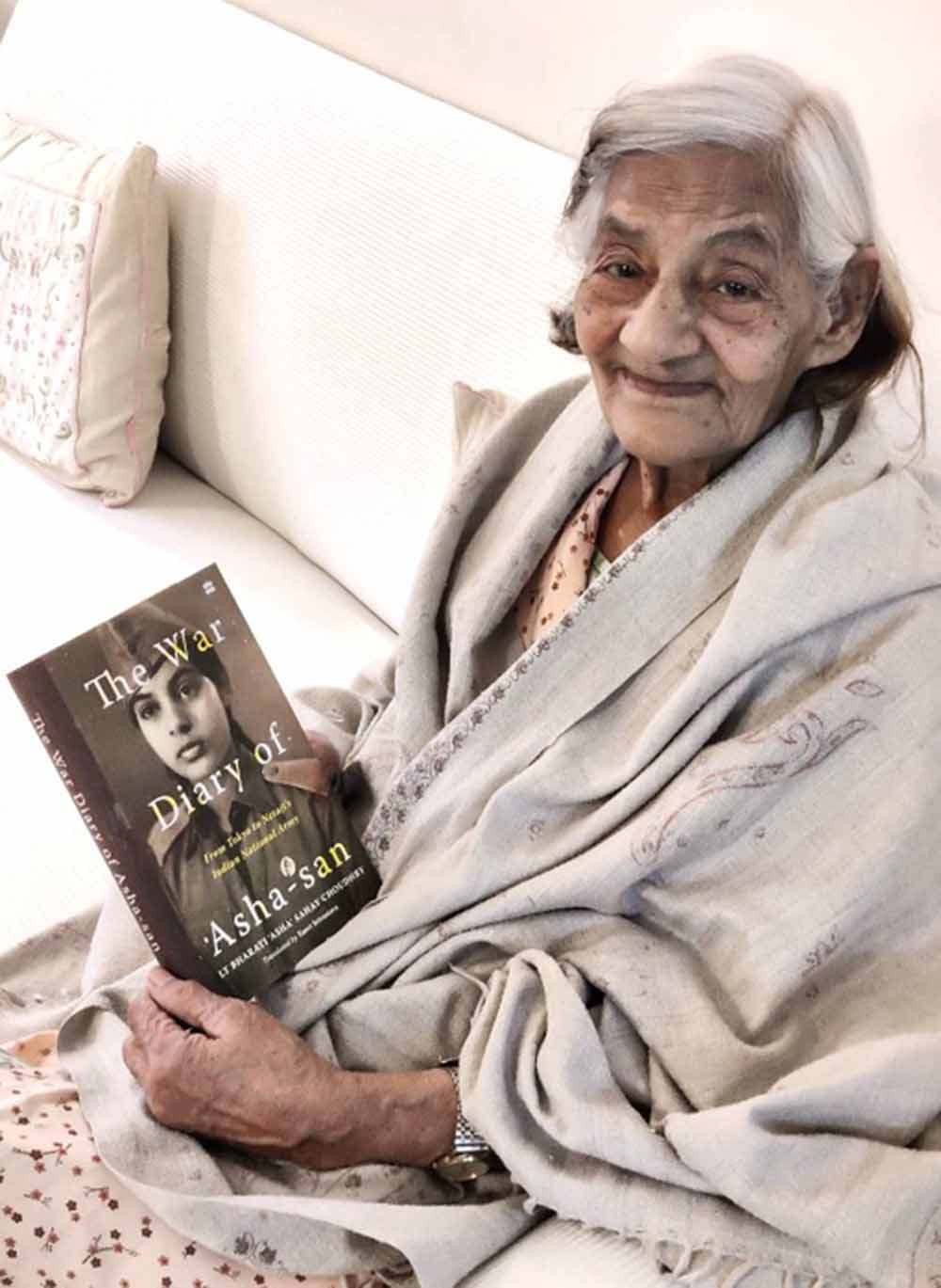
Lt. Bharati 'Asha' Sahay Choudhry documented her WWII experiences in The War Diary of Asha-san. This memoir details her journey from her upbringing in Japan to her significant role in the RJR.
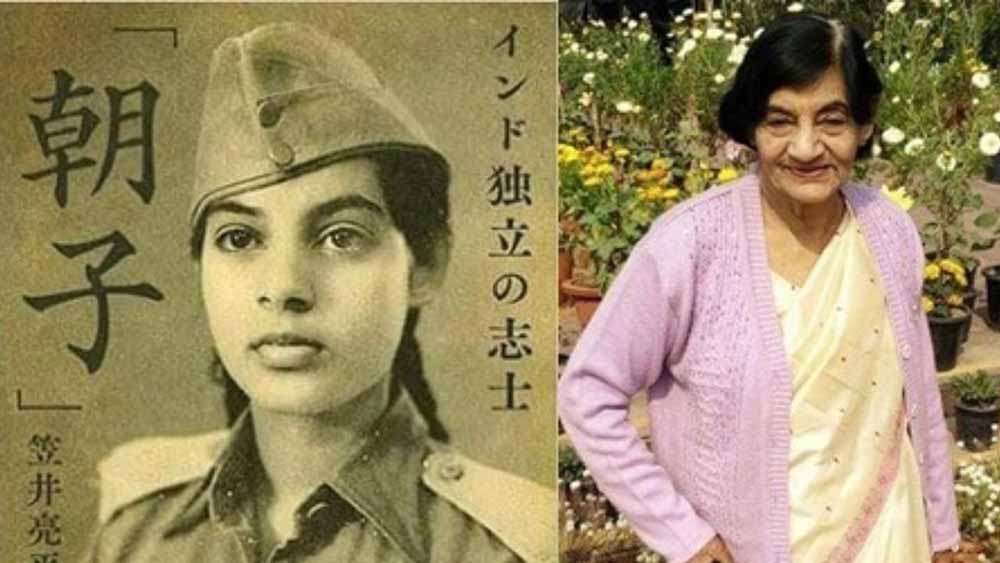
The diary, originally written in Japanese from 1943 to 1947, offers a poignant glimpse into the life of a young woman dedicated to her country's freedom.
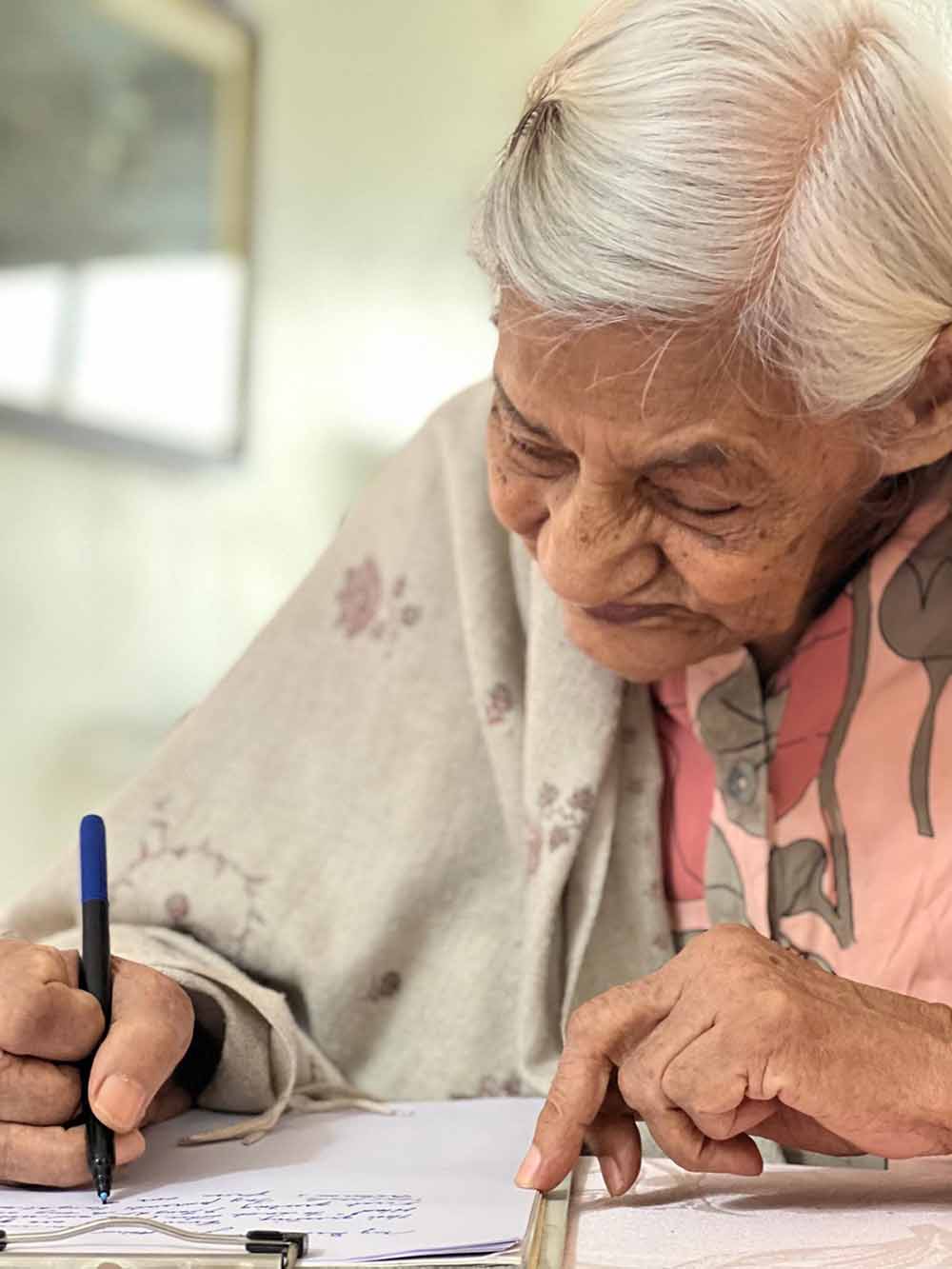
Today, Lt. Asha lives in Patna with her son Sanjay and daughter-in-law Ratna. Her story exemplifies the strength and resilience of Indian women who fought for independence.